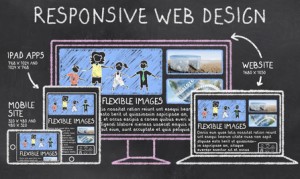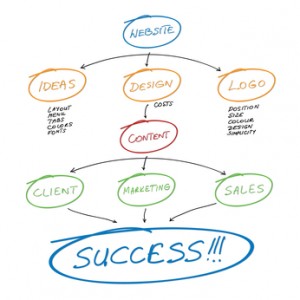Cloud Based ERP Implementations is On The Rise
A number of small and medium enterprises are now considering cloud based ERP solutions as they have come to realise that it is more cost-effective and its functionality is comparable to on premise solutions of enterprise resource planning. During the last six months, a number of large vendors and small players have invested in various new products and User Interface (UI) redesigns. A number of leaders are now accelerating their resources to make applications fast and less risky so that they can be used for a broad enterprise customer base.
 Companies that do not showcase a cloud alternative will be increasingly marginalized as customers want to know that they have an option to opt for cloud based ERP for their future investments. As per a study in the first quarter of 2015, there is a continuous evolution in the ERP market and a number of vendors are highly investing in vertical capabilities that need fewer customisations and configuration capabilities that are accelerating time to value.
Companies that do not showcase a cloud alternative will be increasingly marginalized as customers want to know that they have an option to opt for cloud based ERP for their future investments. As per a study in the first quarter of 2015, there is a continuous evolution in the ERP market and a number of vendors are highly investing in vertical capabilities that need fewer customisations and configuration capabilities that are accelerating time to value.
The move in the direction of configuration is largely because the market’s increased awareness of the benefits of cloud solutions. The best ERP solutions offer a cloud based option as they are better in comparison to on premise ERP. This number is continuously going to be on the rise as companies are maturing in their acceptance of the cloud and they are understanding the advantages and value of opting for cloud based solutions.
Though the shift to cloud is comparatively slower in ERP customers (compared to other decision makers), the ones that are taking this decision are benefitting with lower initial and ongoing costs and enhanced flexibility. There is also faster time to deployment advantage for the company (it takes average 5 months for cloud compared to 1.1 year for on premise ERP solutions). For extensions and changes, cloud based ERP solutions offer much better flexibility. Most of the emerging and rapidly growing vendors for ERP are native to the cloud and almost all other vendors have a cloud story in today’s digital times! As the awareness towards cloud and the demand grows, the vendors who are not offering cloud based solutions will face major challenges in the future.
Some of the important benefits of cloud based ERP solutions
Usability – Many enterprise applications are moving from record transaction systems to automating the work processes for users across the entire organisation. The focus is now to expose the key parts of the application data in the specific roles to boost productivity. The efficient ERP vendors have now introduced significant UI redesigns and they are increasing the availability of task-specific mobile applications.
Integration – Only a few companies are willing to replace their existing ERP footprint with cloud today. However, most are looking for an integrated method like cloud where they can take advantage by integrating other business applications in the supply chain and human resource areas like payroll to increase automation and reduce the duplication of data.
Cloud is definitely refreshing the way we use technology. Almost all business processes and systems are migrating to the cloud and ERP is surely no exception!
[tp_eyecon icon=’icon-right-hand’ size=’12px’ color=’#000000′] For Any ERP Solution Contact Us


